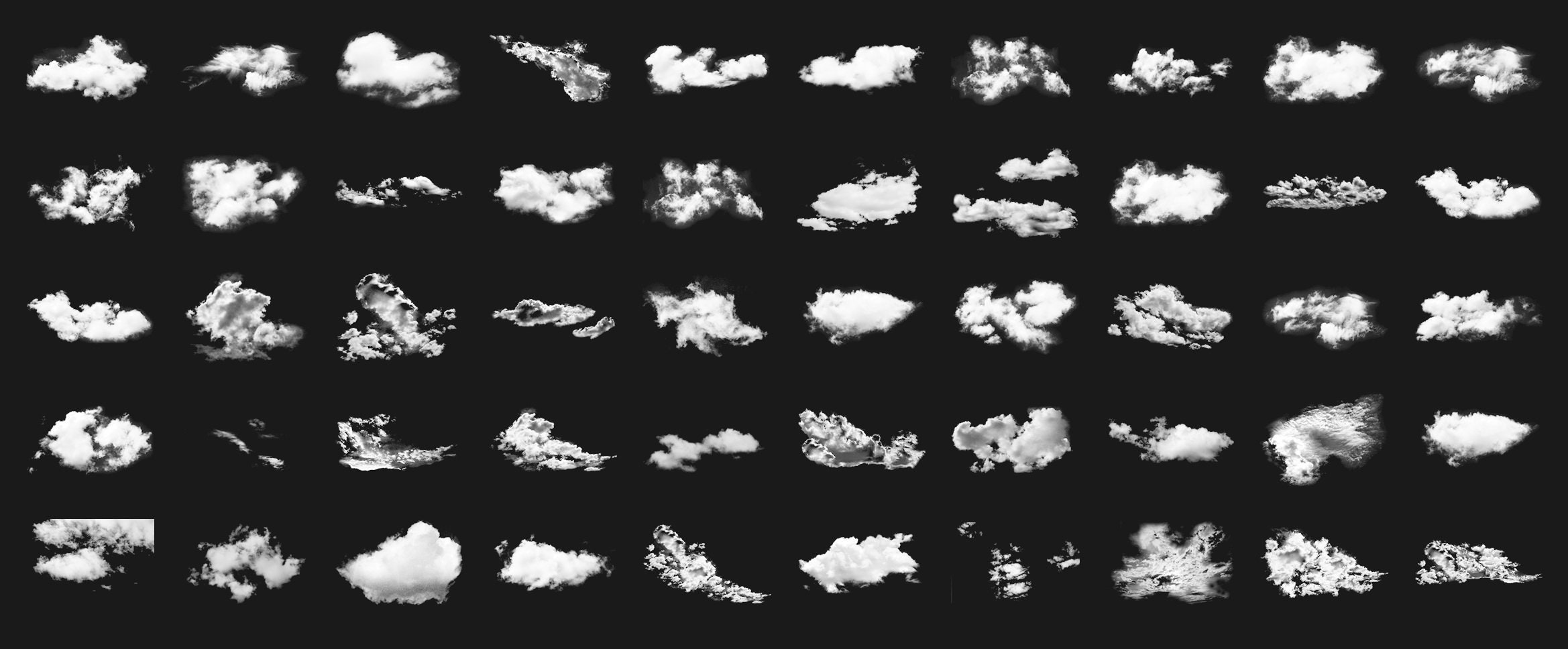

In Photoshop, import the image you’d like to place the clouds onto.
CLOUDS OVERLAY PHOTOSHOP HOW TO
How to Use a Cloud Brush in Photoshop Step 1: Import a Photo of a Sky I recommend saving multiple brushes with different settings, so you have a variety of different cloud effects ready to go.īelow is our brush with the settings applied. If you switch brushes before saving, the settings will be lost, and you’ll have to reset them the next time you select the brush.
CLOUDS OVERLAY PHOTOSHOP PLUS
You can save these settings as a New Brush by clicking the icon of a Square and Plus Sign located in the bottom right-hand corner of the Brush Settings panel. Opacity Jitter: 100% Step 5: Save the New Settings Brush Tip ShapeĬhoose your custom cloud brush from the Brush options “Cloud Static” or “Cloud Dynamic.” Step 4: Edit the Brush SettingsĬreate a new, black canvas that you can test your brush on and open the Window > Brush Settings pane, and input the following brush settings. I suggest naming your brush by whether or not it’s static. Go to Edit > Define Brush Preset and name your new brush. Just like before, crop any excess canvas using the Crop tool. The Levels settings I used to lighten my cloud were as follows: 0 White, 1.30 Gray, and 252 Black. It’s always best to create a brush you can build transparency up with, as opposed to a brush that is overly opaque. Try not to create too solid or dark of a shape. Increasing the contrast will also make the edges of the cloud harder and more defined. Increase or decrease the contrast depending on how thick you want your cloud to appear. You can adjust the shape of the cloud even further using Levels. Step 2: Adjust the Brightness and Contrast This includes making sure none of the color bleeds off of the canvas.

Use a soft, round Eraser brush to adjust the shape of the cloud, and make sure there are no harsh edges. How much detail you give the cloud is ultimately up to you. Slowly build up color, creating interesting but soft shapes within the cloud. Next, using circular motions, paint in soft blobs of black onto the white canvas. Select a default soft, round Brush, and change its Hardness to 65%. You can go up to 5000px before reaching Photoshop’s brush size limit. You don’t even need a tablet.įirst, create a New Canvas that is at least 2000px by 2000px. Painting your own cloud brush is just as easy, and you can create as simple, or as detailed, of a shape as you need. How to Make a Cloud Brush in Photoshop using a Default Brush Step 1: Paint a Basic Soft Shape Any cloud type and sky color will work, as long as the clouds have a significant amount of contrast from the background. Open a new large Document in Photoshop, ensuring it has a black background.ĭrag and drop an image of a cloud on a darker blue sky onto the canvas. Let’s start by creating a custom cloud brush Photoshop preset from an already existing photo. How to Make a Cloud Brush in Photoshop Using an Image Step 1: Import a Photo of a Cloud


 0 kommentar(er)
0 kommentar(er)
